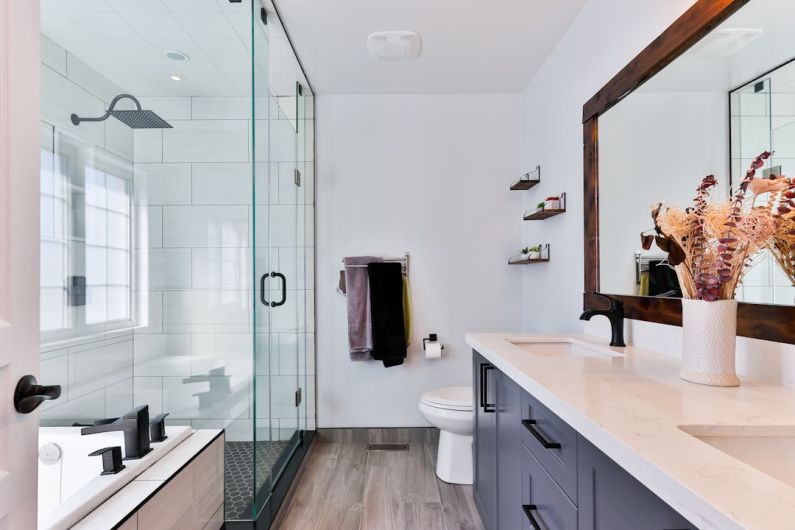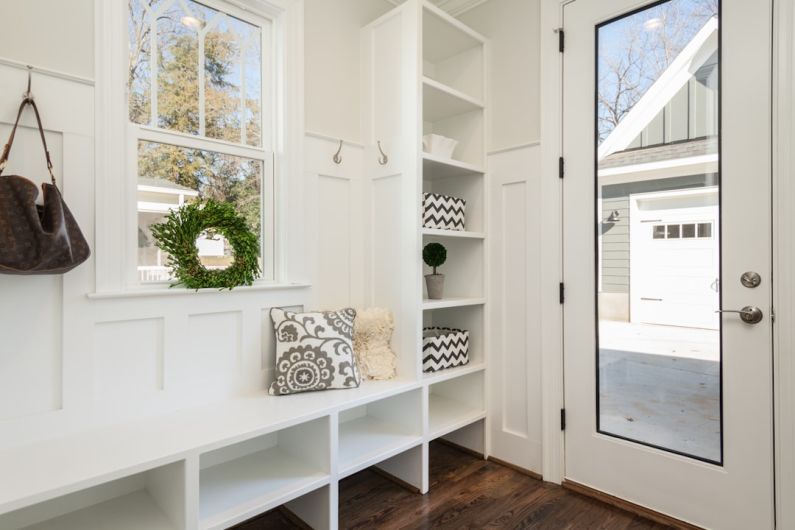How to Soundproof a Room in Your Home
Are you tired of hearing every little noise from outside or from other rooms in your home? Do you crave some peace and quiet in your living space? If so, then soundproofing your room might be the solution you need. Soundproofing can help reduce or eliminate unwanted noise, creating a more peaceful and tranquil environment. In this article, we will explore some effective methods to soundproof a room in your home.
Identify the Source of the Noise
Before diving into soundproofing techniques, it is important to identify the source of the noise. Is it coming from outside, such as traffic or neighbors? Or is it originating from within your home, like a noisy appliance or a loud TV? By understanding where the noise is coming from, you can better determine the most appropriate soundproofing methods to use.
Seal the Gaps
One of the most common ways noise enters a room is through gaps around windows, doors, and even electrical outlets. To effectively soundproof a room, start by sealing these gaps. Use weatherstripping or caulking to seal any openings around windows and doors. For electrical outlets, consider installing outlet gaskets or foam sealers to block sound transmission.
Add Insulation
Insulation plays a crucial role in soundproofing a room. Adding insulation to walls and ceilings can help absorb and dampen sound waves. Opt for acoustical insulation, which is specifically designed to reduce noise transmission. It is usually made of materials like fiberglass, mineral wool, or cellulose. Install the insulation between the wall studs or in the ceiling to create a barrier against noise.
Hang Drapes or Curtains
Drapes or curtains not only add a touch of elegance to a room but also serve as effective soundproofing elements. Thick, heavy curtains can absorb sound waves and reduce noise levels. Choose curtains made of materials like velvet or suede, as they have better sound-absorbing properties. Make sure the curtains are long enough to touch the floor, as this will help prevent sound leakage.
Use Soundproofing Panels
Soundproofing panels, also known as acoustic panels, are designed to absorb and dampen sound waves. These panels are made of specialized materials that help reduce noise levels. You can install them on walls or ceilings to improve the soundproofing of a room. Soundproofing panels come in various sizes, shapes, and designs, allowing you to choose the ones that best suit your aesthetic preferences.
Install Soundproofing Underlayment
If you are dealing with noise transmitted through the floor, installing soundproofing underlayment can be a game-changer. Underlayment is a thin layer of material placed between the subfloor and the flooring. It helps reduce impact noise, such as footsteps or furniture moving. Opt for underlayment specifically designed for soundproofing purposes, as it has better sound-dampening qualities.
Rearrange Furniture
Believe it or not, the arrangement of furniture in a room can affect its soundproofing. By strategically placing furniture, you can create barriers that block or absorb sound waves. For example, placing bookshelves or cabinets against walls can help reduce noise transmission. Adding rugs or carpets can also absorb sound and minimize echo.
Conclusion
Creating a soundproof room in your home can provide you with the peace and quiet you desire. Whether you are dealing with external noise or noise from within your home, there are various methods you can employ to soundproof your space. By sealing gaps, adding insulation, using drapes or curtains, installing soundproofing panels, using underlayment, and rearranging furniture, you can significantly reduce unwanted noise and create a more serene environment. So go ahead and start implementing these soundproofing techniques to enjoy a quieter and more peaceful home.






